Brachycephalic airway syndrome (BAS) is a condition common in breeds with short noses and flat faces like pugs. As the name suggests, it affects the airways and makes breathing difficult. As a pug owner, being able to recognize signs of BAS early is critical to get your pug the treatment they need and improve their quality of life. In this article we talk about Signs of Brachycephalic Airway Syndrome In Pug.
Table of Contents
Noisy and Labored Breathing
One of the most obvious signs of BAS is noisy and labored breathing. You may notice your pug making wheezing sounds as they breathe in and out. Their breathing may sound raspy or like snoring even when they are relaxed. Pugs with BAS often have to put in extra effort to inhale and exhale due to their narrowed airways. Their stomach may suck inwards and the ribs expand outwards with each breath. In severe cases, they may be so oxygen deprived that collapse. If your pug’s breathing seems strained or they have breathing episodes, get them checked for BAS right away.
Difficulty Exercising
Pugs with BAS often struggle when exercising or playing due to their compromised airways. You may notice your pug tiring faster than normal when out for a walk or playing fetch. They may have to stop frequently to catch their breath. In some cases, excitement and exercise can trigger life-threatening breathing crises in dogs with severe BAS. Monitoring how your pug handles physical exertion can help catch airway issues early. If your pug has trouble going on walks or playing for reasonable durations, consult your vet.
Blue Gums or Tongue
Short-nosed dogs often struggle to get enough oxygen due to their obstructed airways. As a result, their tongues and gums may develop a bluish tint – a sign of oxygen deprivation. This bluish discoloration is most noticeable on the tongue and gums. However, it can also develop on the lips, inside the ears or around the eyes. If your pug’s tongues, gums or other body parts take on a blue, purple or gray hue, take them to the vet immediately as it suggests BAS is severely impacting their oxygen levels.
Excessive Panting
Panting is how dogs cool themselves when they get hot. However, pugs with BAS may pant excessively even when in comfortable temperatures. Their narrowed nostrils and obstructed airways make getting enough oxygen difficult, so they pant to compensate. If your pug seems to be panting constantly for no reason and cannot seem to catch their breath, BAS may be to blame. Excessive unwarranted panting needs veterinary attention.
Sleep Problems
Many pugs with BAS have trouble sleeping too. They may have anxiety about falling asleep due to fears of suffocation. Or they may wake up suddenly gasping for air if their oxygen levels drop too low. Loud snoring is also common in BAS pugs, which can keep the whole household up. Excessive daytime sleepiness is another related symptom linked to poor sleep quality and disrupted nighttime breathing. If your pug seems to struggle with sleep, snores loudly or sleeps more than normal, their airways could be obstructed.
Collapsing Episodes
One frightening sign of severe BAS is random collapsing episodes. If airways are extremely narrowed, a pug may occasionally be unable to get enough oxygen which causes them to lose consciousness and collapse. These episodes are often triggered by excitement, stress, exercise or hot weather but can happen randomly too. Your pug may lose muscle tone, become unresponsive and seem lifeless for a brief period before regaining consciousness once airways open up. If your pug has had collapsing events, take them to emergency vet care immediately.
Gagging or Choking
Gagging and retching is another common symptom of BAS. The constant struggle to breathe through obstructed airways creates a lot of irritation. It triggers the gag reflex making some BAS pugs constantly nauseous. They may make gagging sounds or retch frequently trying to clear their airways. In some cases, their swollen tissues can obstruct the esophagus causing choking with meals. Gagging or retching more than once a day is abnormal. If your pug gags frequently or chokes on their food, have your vet inspect their throat and airways.
Difficulty Eating
Some pugs with BAS also struggle to eat properly. Narrowed nostrils make it harder for them to breathe and eat at the same time. Trying to simultaneously coordinate breathing and swallowing can cause them to regurgitate their food or choke. You may notice your pug gulping down food fast without properly chewing. Or they may try to eat in awkward positions like stretching their neck out. Others lose interest in food altogether due to chronic airway irritation. Any major changes in eating habits could suggest an underlying airway problem.
Weight Gain or Loss
Another subtle clue is sudden weight gain or loss. Pugs with obstructed breathing often modify their behavior to avoid activities that leave them breathless. As a result, they can become more sedentary and prone to weight gain. On the flip side, struggling with eating due to BAS complications causes some pugs to lose weight. So monitor your pug’s weight, as gradual changes in either direction can hint at respiratory issues.
Eye Problems
Certain eye issues are linked to BAS as well since the same flat facial structure behind airway obstruction also affects the shape of pug eyes. Common eye complications include bulging eyes, corneal ulcers and dry eye. If your pug’s eyes seem overly prominent and watery or they are squinting or rubbing them excessively, damaged corneas or dryness related to facial conformational issues could be to blame – along with airway disease. Any eye irritation or infection warrants seeing both an ophthalmologist and regular vet.
Behavior Changes
Finally, progressive behavior changes like less playfulness or more reclusive habits can indicate compromised physical health due to BAS. Your pug may withdraw from normal activities they once enjoyed because these trigger unpleasant airway symptoms. Picking up on shifts in temperament can thus provide insight into breathing problems that influence their mood and overall wellbeing. Personality adjustments in combination with other symptoms above warrant having your pug thoroughly evaluated by a vet.
The bottom line is pugs with brachycephalic airway syndrome may demonstrate an array of signs from noisy breathing to difficulty exercising and sleeping to eye issues. Catching BAS early and pursuing treatment options can greatly enhance your pug’s health and let them lead an active, happy life. So if you notice any combination of the symptoms described, schedule a vet visit right away to determine if BAS is the culprit and start appropriate interventions as needed. With proper management of this common pug breathing condition, your flat-faced companion can continue to live life to the fullest. I sincerely hope you find this “Signs of Brachycephalic Airway Syndrome In Pug” article helpful.
🔗 More SuhDog Resources

Dr. Amanda Davis is the lead writer for SuhDog.com and holds a Master’s degree in Animal Behavior. With over 8 years of experience, she specializes in canine behavior and training. Dr. Davis is a trusted voice in the pet care community, contributing to various pet magazines and speaking at industry conferences. Follow her on Instagram: @suh_dog_.

